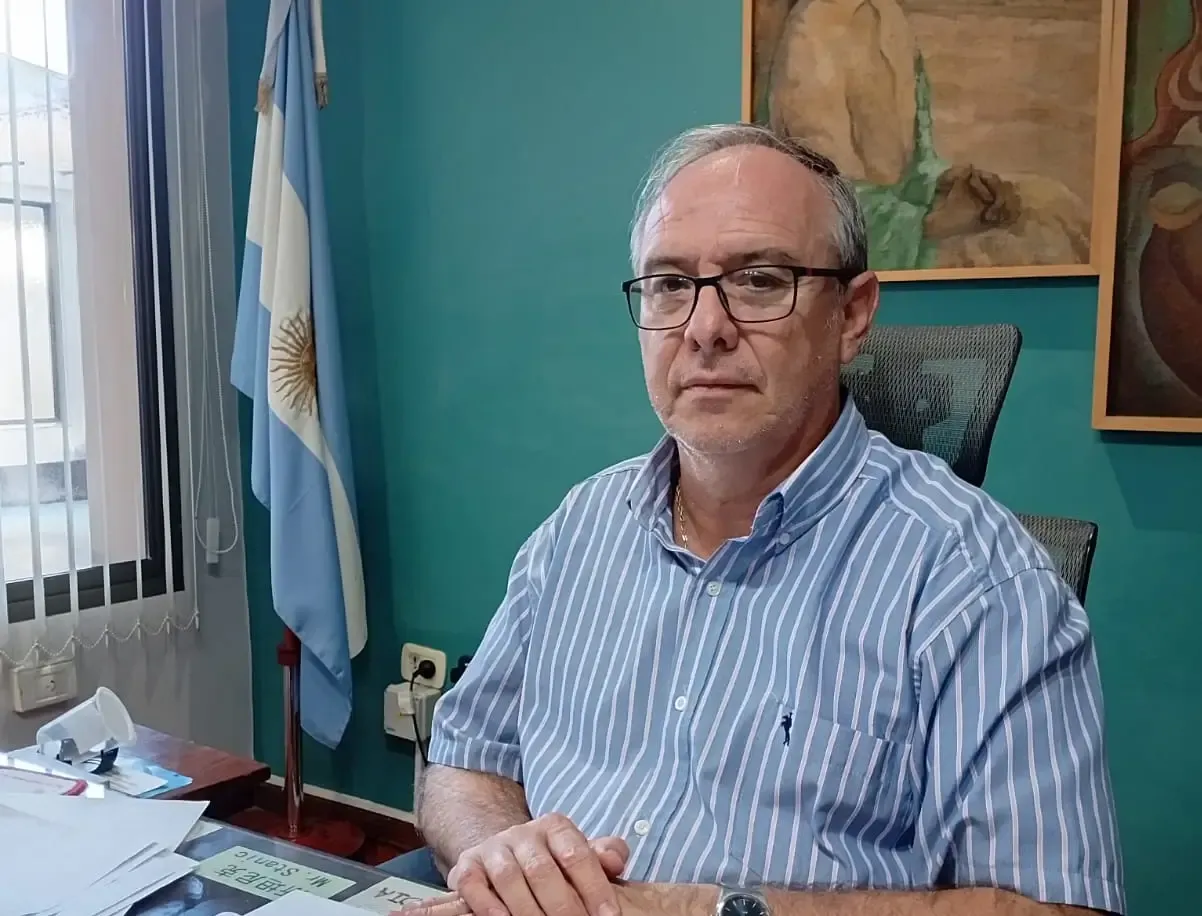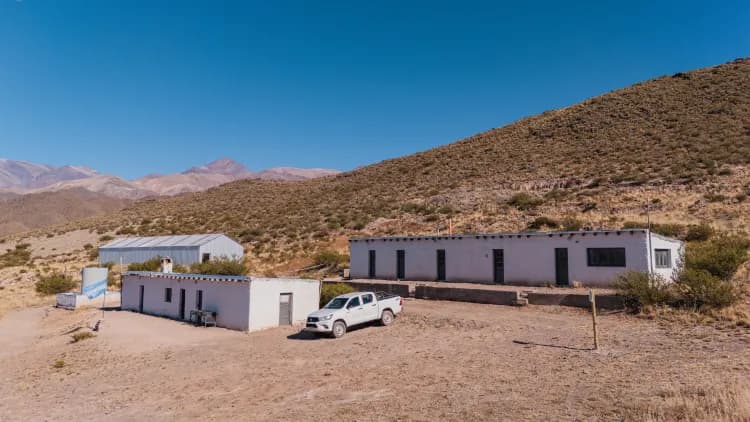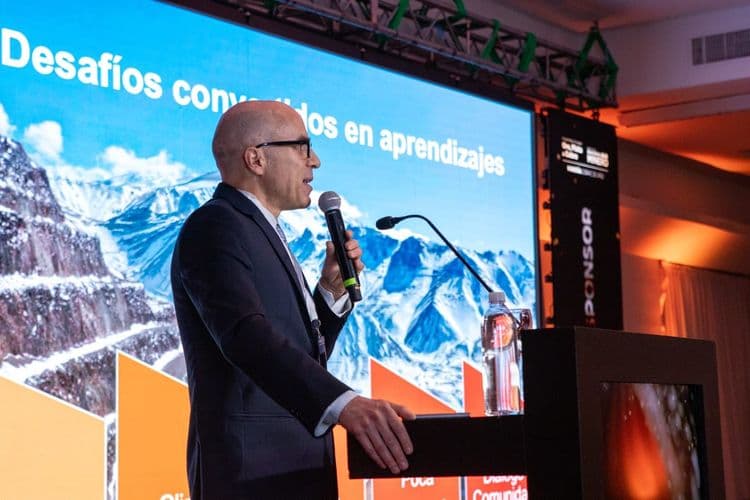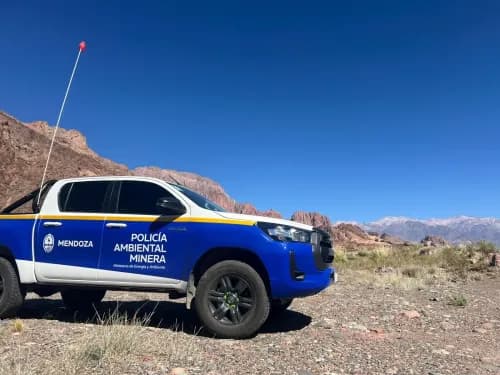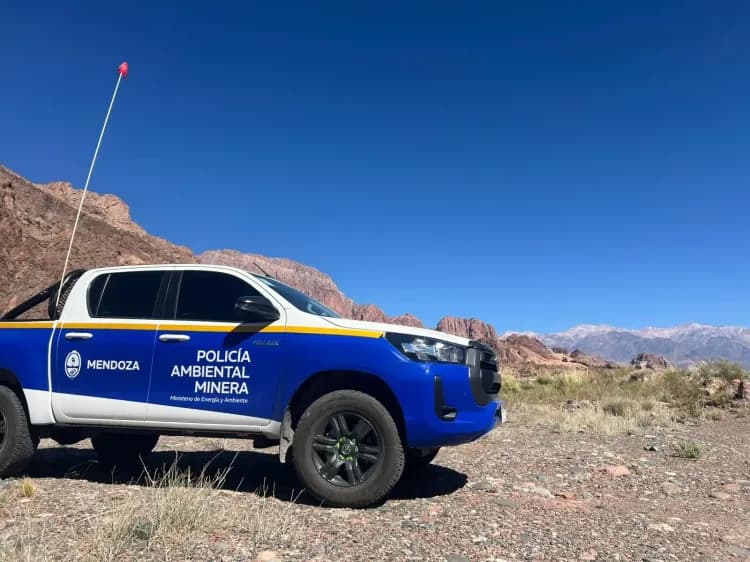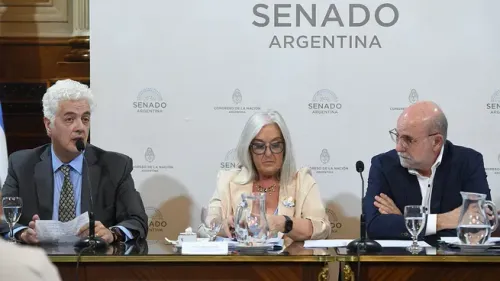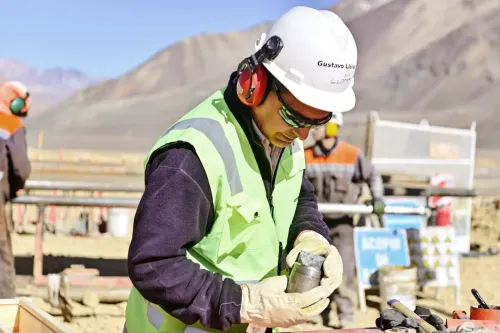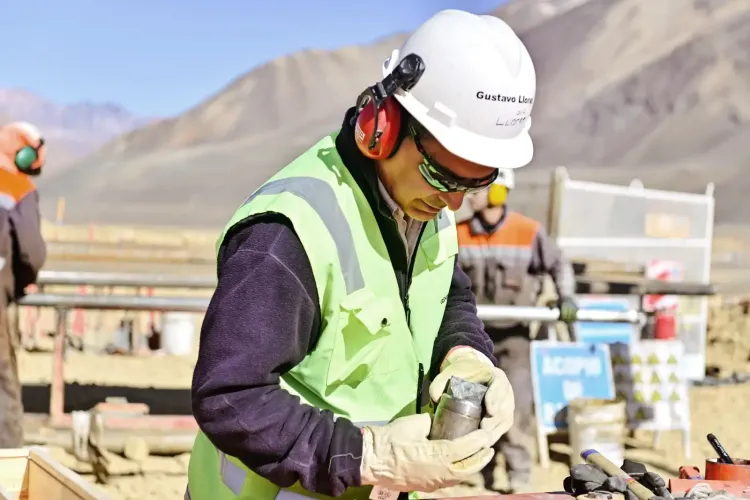The Ministry of Infrastructure emphasizes that the province has unique advantages compared to other mining districts in the country, particularly in terms of road connectivity and energy availability.
By Panorama Minero
Carlos Stanic, Minister of Infrastructure of Jujuy, explained that the province, having historically worked on territorial development—even in remote areas—enjoys significant advantages.
“I always remember an anecdote from when I worked at Telecom. We were installing a backbone radio link network up to La Quiaca, and the technicians from Buenos Aires were surprised that there was already electricity at all the points where the antennas were to be installed. They didn’t expect that level of infrastructure in the interior of Jujuy,” he recalled.
Stanic emphasized that, unlike other provinces, in Jujuy all populated areas—no matter how small—have roads and, in general, access to basic energy services.
“In the mining corridor, which includes the departments of Susques, Santa Catalina, and Cochinoca, road and energy infrastructure is largely in place. There may be some specific sections missing, but overall connectivity is guaranteed,” he stated.
As an example, he mentioned that mining projects like Sales de Jujuy and Exar are located just a few kilometers from paved roads.
“This makes mining development feasible from an infrastructure standpoint. Of course, each project may have specific needs, such as increased energy demand, but that depends on the individual case,” he added.
Regarding strategic projects, Stanic reported that negotiations with the World Bank are well underway to fund an infrastructure initiative that includes improvements to National Route 66. The plan covers two segments: Perico–Pampa Blanca and Perico–El Cuarteadero, both of which are key for connecting productive and mining zones.
“The project includes three components: road, logistics, and mining. In addition to upgrading Route 66, the goal is to establish a logistics hub in the Perico area, which would be crucial to supporting the province’s mining and industrial development,” he explained.
The minister pointed out one of the project’s key advantages: the technical documentation is already prepared, as the national government had previously financed the project, although it was later put on hold.
“This shortens the timeline for securing funding. If everything goes as planned, we could have the loan approved before the end of the year and begin construction in 2026,” he said.
Regarding the project's impact, he highlighted its importance: “It would give us a highway from San Salvador de Jujuy to Pampa Blanca, and also from the capital to San Pedro via the northern access, strengthening connectivity in one of the province’s most important productive corridors,” he concluded.
Energy
Regarding energy supply—another key component for mining development—Stanic explained that Jujuy has the capacity to meet the initial demand of projects, although he acknowledged that as activities expand, it may become necessary to strengthen supply. “In Olaroz, for example, there was no energy at first. Later, a solar park was built, which over time became insufficient due to the growth of activities. We had to expand it,” he recalled.
Currently, that area has adequate energy supply for operations, and the local generation model has proven to be a viable solution for projects in their early stages.
As for gas, the minister clarified that its supply is not managed by the province but by national companies such as Transportadora de Gas del Norte (TGN) and private operators managing pipelines like Norandino and Atacama. Nevertheless, he pointed out that supply points already exist in strategic areas, such as Piedra Negra, where a hybrid power plant uses gas to generate electricity, and a private project west of Susques with similar goals.
“Gas infrastructure isn’t so much for direct consumption, but rather for power generation. And even though we don’t directly operate the pipelines, having access to gas gives us a competitive edge over other provinces,” he explained.
The minister also addressed the reversal of the Northern Gas Pipeline, a key project to improve access to cheaper gas in northern Argentina.
“Historically, gas in this area came from Bolivia, which is more expensive. Now, with the development of Vaca Muerta, it’s possible to bring gas from the south at a lower cost. For that to happen, the pipeline must be upgraded. The first stage has already been completed, but reaching Jujuy depends on national-level investment decisions,” he noted.
